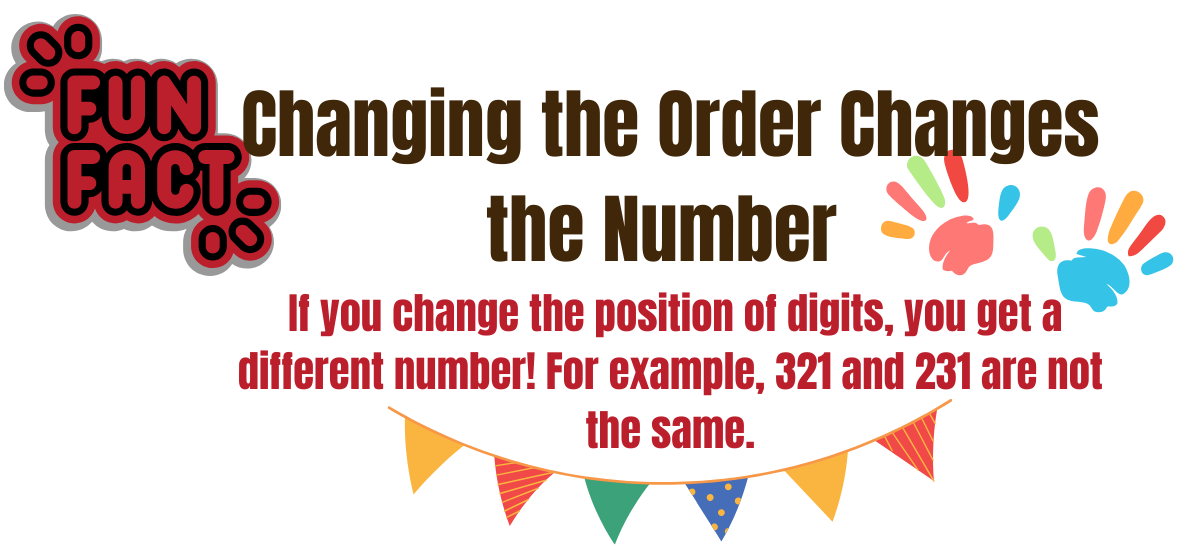
Let’s create a three-digit number using the digits 5, 4, and 3. The value of each digit will change depending on the place (hundreds, tens, or ones) it is assigned to. Here’s how place value works:

Building a number using 5, 4 and 3
Solution: 543 = 500 + 40 + 3.
Building a number using 4, 3, and 5.

Solution: 435 = 400 + 30 + 5.
Building a number using 3,5 and 4.
Solution: 354 = 300 + 50 + 4.

Understanding place value helps students recognize the significance of hundreds, tens, and ones in a number. It forms the foundation for performing operations like addition, subtraction, and comparing numbers. Mastering this concept enhances number sense and prepares students for more advanced math skills.
By practicing place value with building numbers, you can solve real-world problems quickly!
Let’s practice and evaluate your work together by place value.
For a limited time
